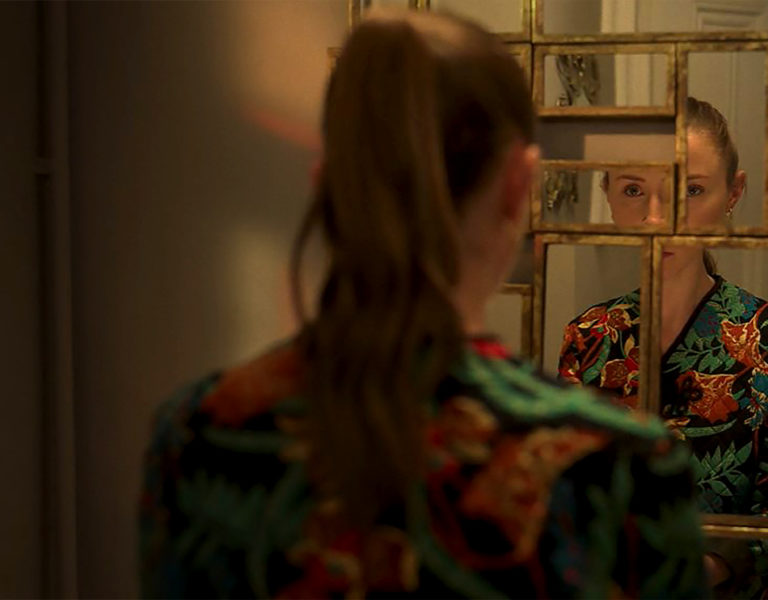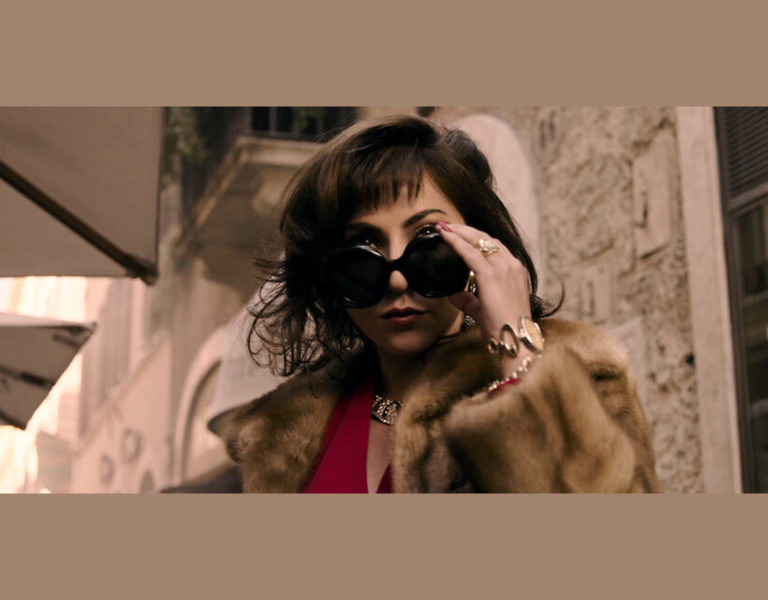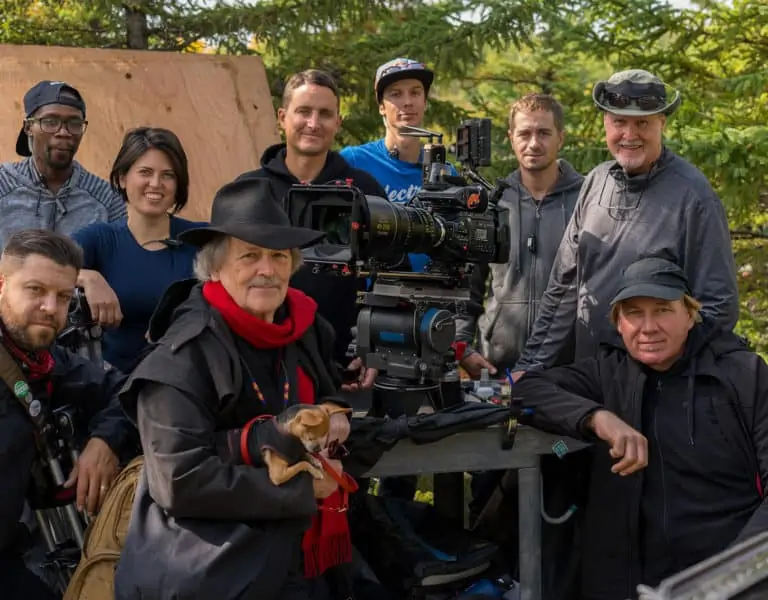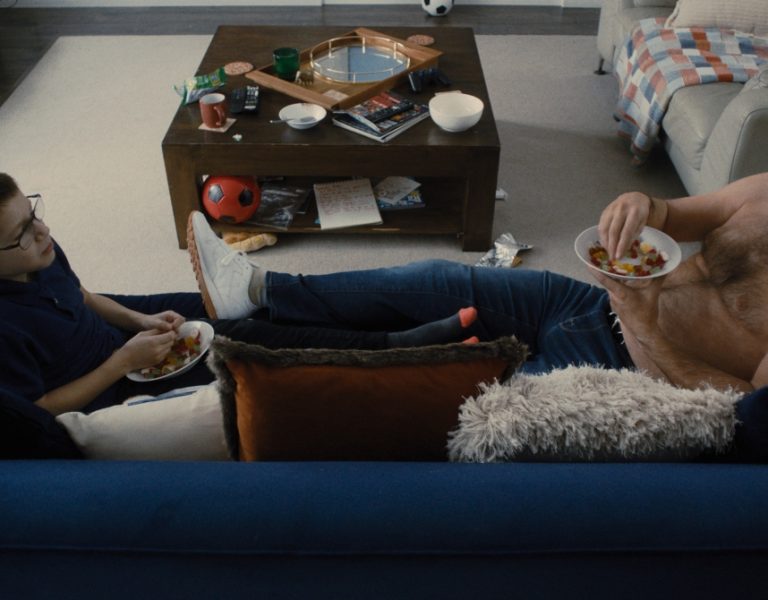HERE BE DRAGONS
House of the Dragon has filled a Game of Thrones-shaped hole in viewing schedules with aplomb. Two of the DPs who’ve brought their expertise and visions to the prequel series are Fabian Wagner BSC and Catherine Goldschmidt.
Based on George R.R. Martin’s book Fire and Blood, HBO’s House of the Dragon is set roughly 200 years before the events of Game of Thrones. The much-anticipated prequel focuses on the House Targaryen (the House of the Dragon), the family from which Game of Thrones’ Daenerys Targaryen descends. It follows the family (and their accompanying dragons) through a civil war of succession between Princess Rhaenyra Targaryen and her half-brother Aegon II.
Each of the 10 episodes in the first season reputedly cost under $20 million (£18.2 million). It is created by Martin and Ryan Condal with Condal and Miguel Sapochnik the showrunners.
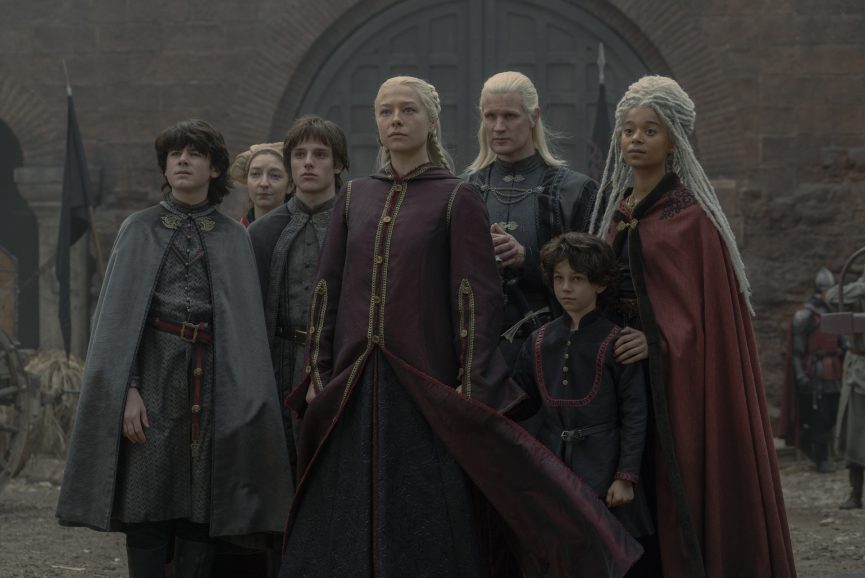
Having shot episodes on seasons four to eight of Game of Thrones including ‘Battle of the Bastards’ and ‘The Winds of Winter’, Fabian Wagner BSC ASC was a natural partner for Sapochnik to call on when shaping the look of the new pilot.
“Because we know each other well, Miguel told me a lot about this show while they were developing it,” Wagner explains. “We knew ‘Dragon’ had to be set in the GoT universe and that we didn’t want to take anything away from what made Thrones so successful. At the same time the opportunity was to give this show a new look, its own individual look and feel and that was our starting point.”
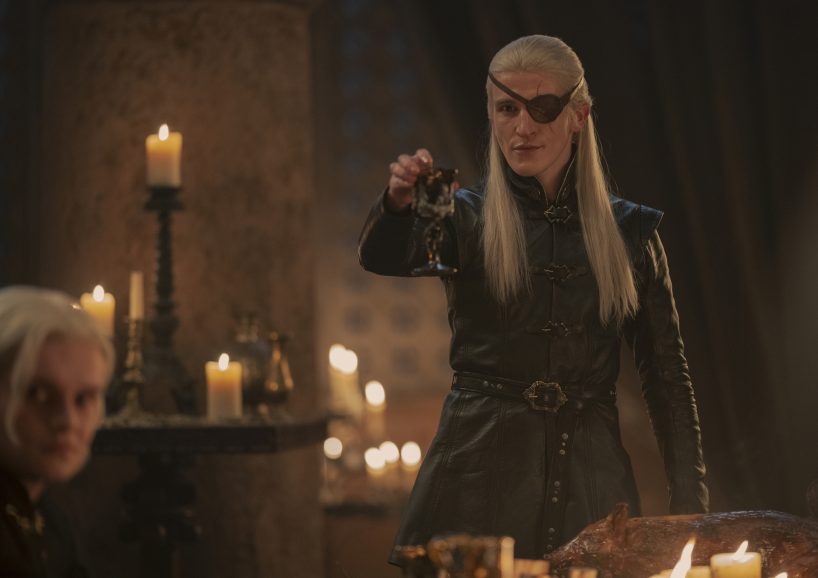
GoT fans may recall that the filmmakers awarded each location (and there many of them) a different colour palette to aid identification when the story shifts. Broadly, north of the wall the hue was blue, the south had warmer tones.
For Dragon, Wagner pushed colour in a new direction supported by onset colourist and DIT Ian Marrs and Asa Shoul, senior colourist at WB De Lane Lea.
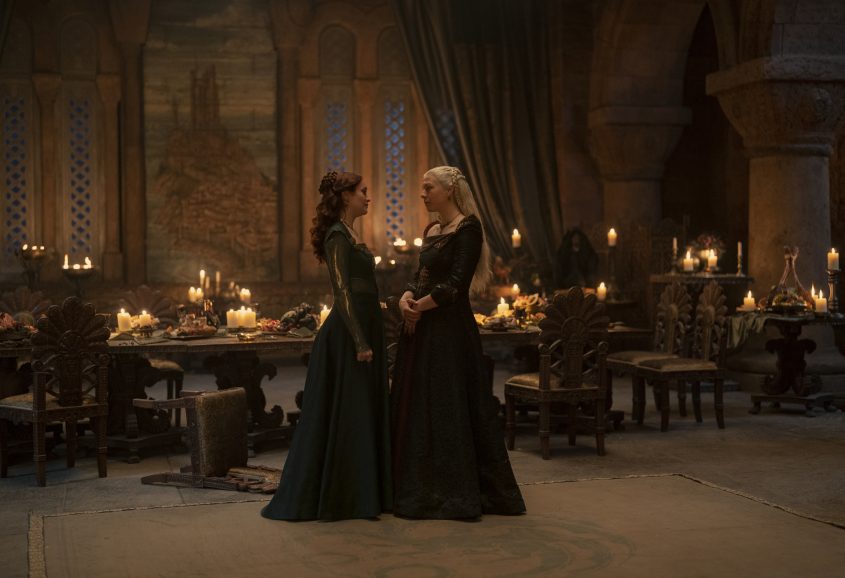
“I wanted the look to be more subtle, slightly softer and more colourful than Thrones,” Wagner says. “So, we designed a LUT that had a much softer curve. Miguel and I always talked about making the image feel more dirty, more lived through, and so the LUT is hopefully underlining that. Because it’s set in Westeros, yellow just gave it that touch. We only put it in the highlights so you can feel it in the light that comes through the windows.”
The show LUT was also designed to give each cinematographer and director the space to stamp their own imprint on their part of the story. DPs Pepe Ávila del Pino AMC (Ozark) and Alejandro Martínez (The Mosquito Coast) lensed two episodes each.
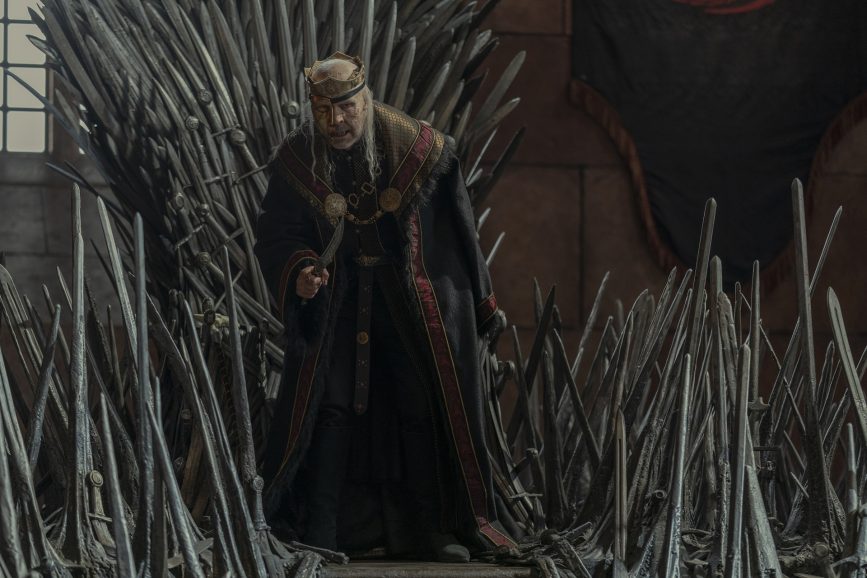
Austere approach
Catherine Goldschmidt (A Discovery of Witches), who lensed episode eight for director Geeta Patel, says that her notes were to find a colder, darker, starker and more austere look than previous episodes.
In slight contrast to the very classical framing of GoT, Dragon deploys slightly more handheld work and considerably more Steadicam as well as what Wagner calls “braver” framing to tell story.
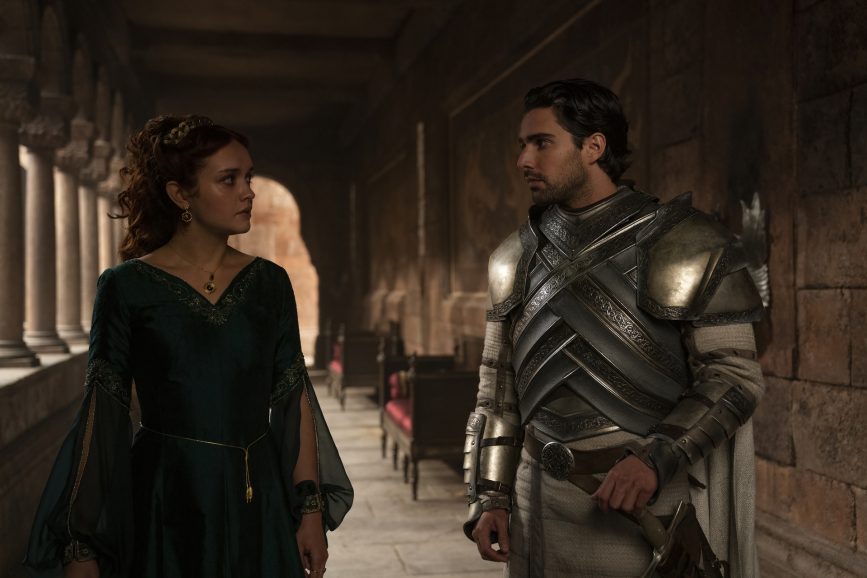
“Perhaps by offsetting a camera or by centre punching. For example, when Princess Rhaenyra is crowned in episode one, we put her centre of the frame to really make a bold statement.”
Goldschmidt adds that the vibe for working on camera moves with VFX was, “more David Lean, less Marvel”. She says, “They wanted more classic developing shots, large scale moving masters, to shy away from pure fantasy and toward a historical epic.”
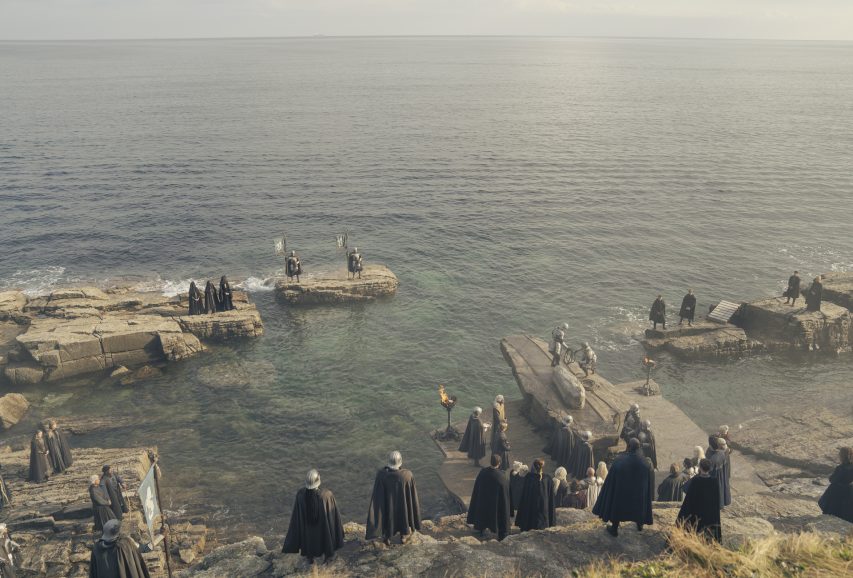
Wagner describes a “subtle change in style and mood” to each episode as story develops and character arcs as well as leaps of time continue over the course of the ten episodes. Some of this was pulled back in the final grade for overall consistency of series look.
Because the narrative leaps forward a decade in episode six, and introduces new actors playing many of the same characters, Sapochnik and Wagner teamed to film this and the following standalone episode ‘The Battle for the Iron Throne’.
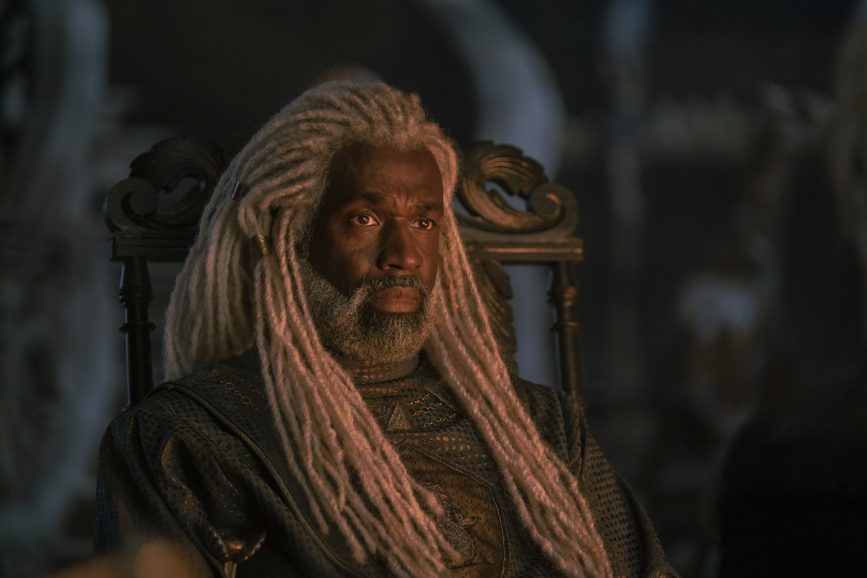
There seemed no doubt the series would be shot large format to capture both the detail of the production design as well as the expansive nature of key locations. Having used ARRI Alexa packages for most of Thrones, they segued to the large format Alexa 65 recording 4.5K.
“We’d do shots on a 21mm or a 27mm because on those wides you get amazing depth of field developing into strong close ups,” Wagner says. “That’s what I enjoyed the most – big wide shots where you see detail in the sets and big close-ups of the principal characters.”
ARRI DNA lenses, also supplied by ARRI UK, played a role in terms of slightly softening the digital image and producing quite identifiable focus falloff, bokeh, and rainbow flaring.
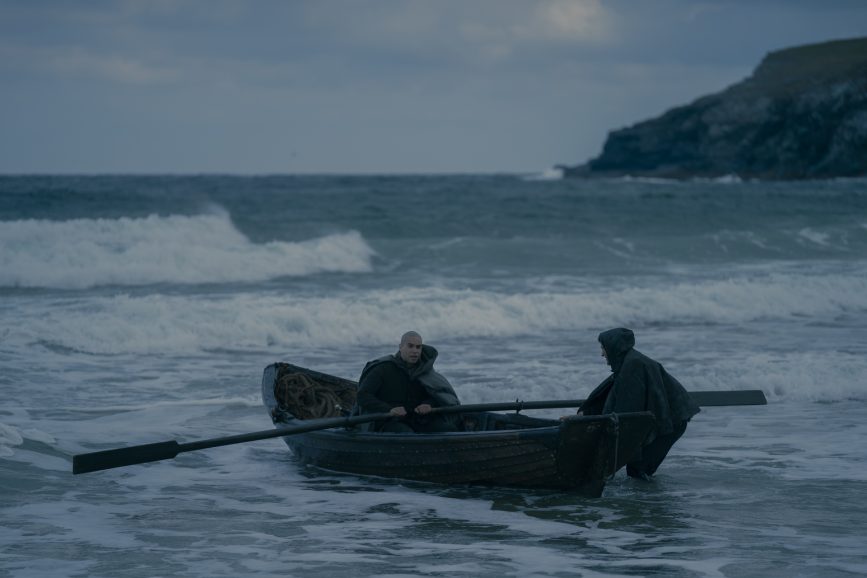
Blood and Fire
Photography was cross-blocked and scheduled over ten months from April 2021 wrapping February 2022. In part, this shoot length was in anticipation of delays due to COVID (of which there were some). Beneficially to the DPs and crew this gave breathing space between shoot days to swap notes and review dailies from other episodes.
Two main camera units – named Blood and Fire – ran simultaneously, each with an Alexa 65 complemented by Mini LFs (which uses the same sensor as the 65) for Steadicam and crane work. Joe Russell ACO operated A cam (Steadicam) on Fire and John Piggott ACO did the same for Blood.
While the Blood unit did all the location work in Spain, both units were shooting on different episodes with different director, DP and AD teams at Leavesden.
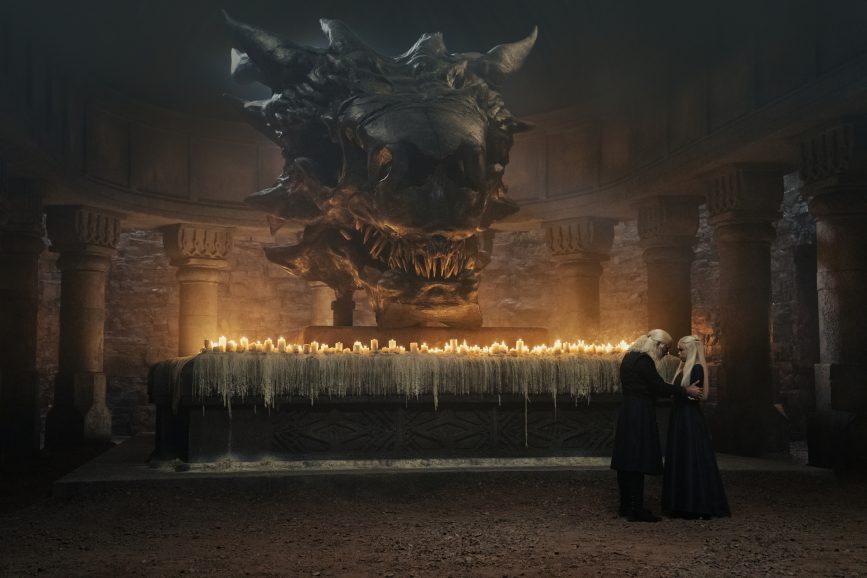
“It could get confusing if the schedule changed,” says Goldschmidt. “For instance, if you’d prepped the Blood unit to shoot the throne room and that changed to Fire then you’d have to go over the same notes a second time.”
Both units shot a minimum of two cameras, upping to three cameras with three to four characters, and four cameras for larger dialogue scenes.
Bar a week in Spain, Goldschmidt shot at Leavesden. Unusually, she found herself shooting the biggest scene of her block on the final day of her production schedule.
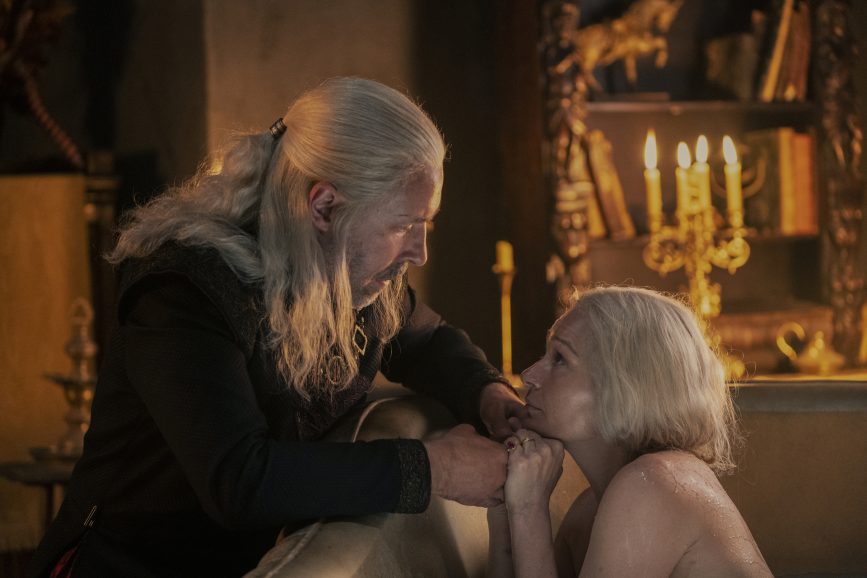
“Normally you’d be shooting inserts this late on but the way the scheduling worked we ended big. It wound up feeling great to have everyone there and finishing with this scene that involved so many characters.”
For her, the main challenges were pinpointing and visualising each critical turning point for the characters. Where episode six is the foreshadowing of the conflict that will befall the Targaryens and all of Westeros, and episode seven ‘Driftmark’ almost a standalone episode, episode eight is the calm before the storm, when events coalesce before inevitably breaking apart.
“There was responsibility to get it right. And there are a lot of characters but working with Geeta ensured we were able to [home] in on our hero triangle.”
The cast members we see in the eighth episode will be the ones playing their characters for the rest of the series. The second series is commissioned, with HBO planning on running for three-four seasons.
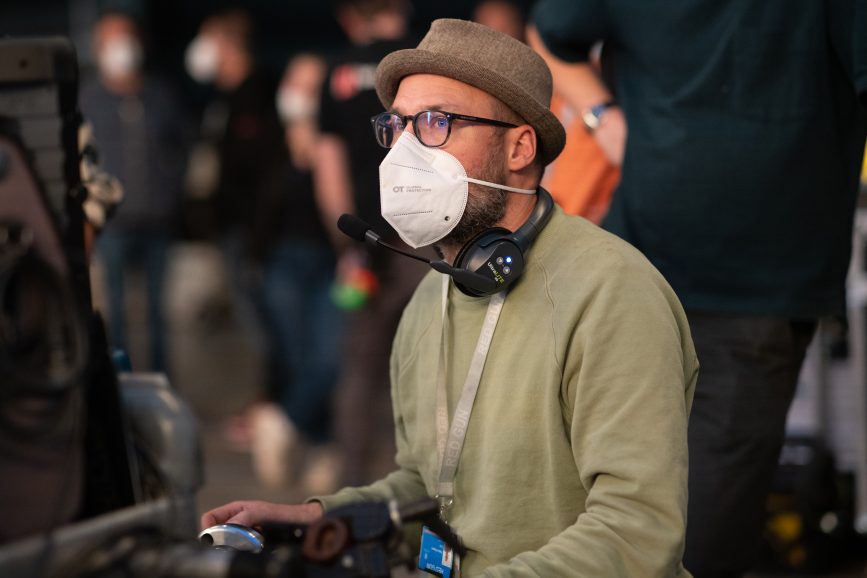
Location and studio
House of the Dragon was mainly a traditional studio and location shoot. Four stages at Leavesden and a massive set build on studio backlot were supplied by teams at Warner Bros. Set Lighting & Rigging.
The main stage housed the Red Keep; “a character in its own right,” says Goldschmidt. It’s actually several sets with the Council Chamber, courtyard, hallways and staircase on the ground floor and the king and queen’s chambers on a second level. The other main stage houses the throne room. Two stages contain rotating sets (e.g. for the Driftwood Throne or Hall of Nine). There are additional spaces for green screen and temporary sets. Permanent sets on the backlot include the Red Keep gates, godswood and ship (seen in episodes four and five).
The main location filming was on the Iberian Peninsula around Girona, Granada and Extremadura. “As always you try to shoot location before you shoot studio but because of schedule it ends up the other way around which can be annoying because you never know what you’re going to get on location,” says Wagner, who spent eight weeks in Spain and Portugal.
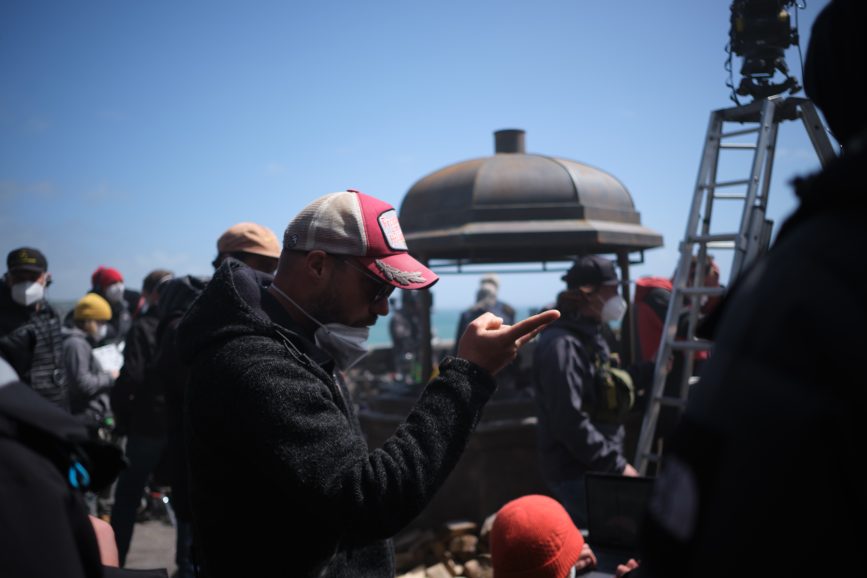
In the UK, Holywell Beach in Cornwall features as the Stepstones, a chain of islands that link Westeros and Essos. The season’s first big battle sequence is brought to life by the natural rocks and caves at Kynance Cove. St. Michael’s Mount, off the coast of Cornwall, becomes Driftmark, the castle and home to House Velaryon.
“For exterior daytime shoots I use a lot of negative fill and bounce,” says Wagner. “We had an amazing location in Portugal up on a hill which we’d recced the week before during a beautiful sunset when you could see for hundreds of miles in each direction. On the day of course it was so misty you couldn’t see your own hands, but that’s how we had to shoot the scene.”
He established the studio lighting to be flexible for himself and the other DPs to create scenes set in any time of day, or mood.
The new element was use of a volume stage at stage. Indeed, Dragon was the first production to use the V Stage at Leavesden, although its use here was more as testing ground in anticipation of heavier work during season two.
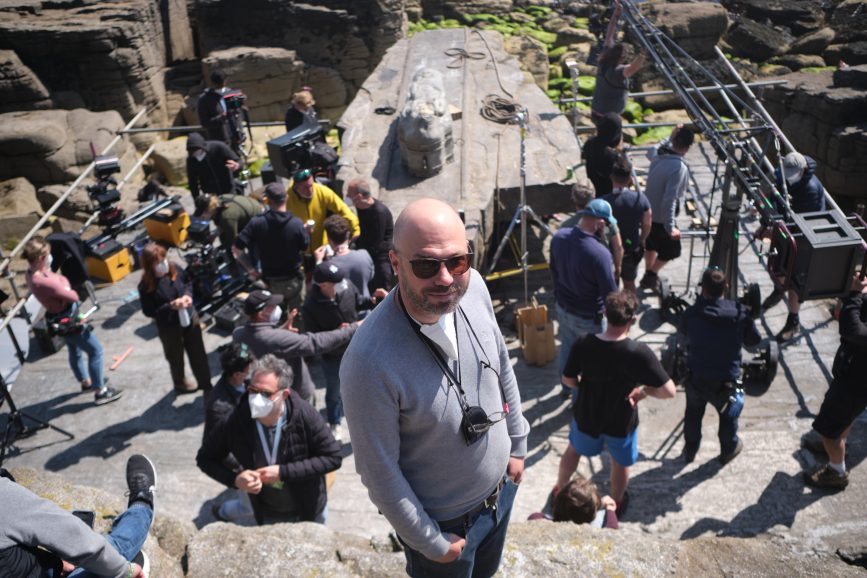
“You can get an incredible sense of size and grandeur shooting virtual so really the reason why we decided not to go too far down the [virtual production] road was because it is still a learning curve,” Wagner says. “When we began prepping (late 2020) the whole LED volume technology had not been around for that long. New technology takes time to learn it and make the best out of it.”
This LED volume stage is one of the biggest in the world, comprising more than 2,000 LED screens and 92 motion capture cameras. All the dragon riding sequences were shot here. For instance, the arrival of Rhaenyra (played by Milly Allcock) on her dragon Syrax in episode two.
Also in episode two, a stand-off between Otto Hightower (Rhys Ifans) and Daemon Targaryen (Matt Smith) takes place on Dragonstone bridge with Dragonstone itself and the rocky environment surrounding the bridge played back on the video wall. The bridge is based on the San Juan de Gazelugatxe, a site near Bilbao. The virtual production team captured LIDAR scans of the site to rebuild it virtually within Unreal Engine.





